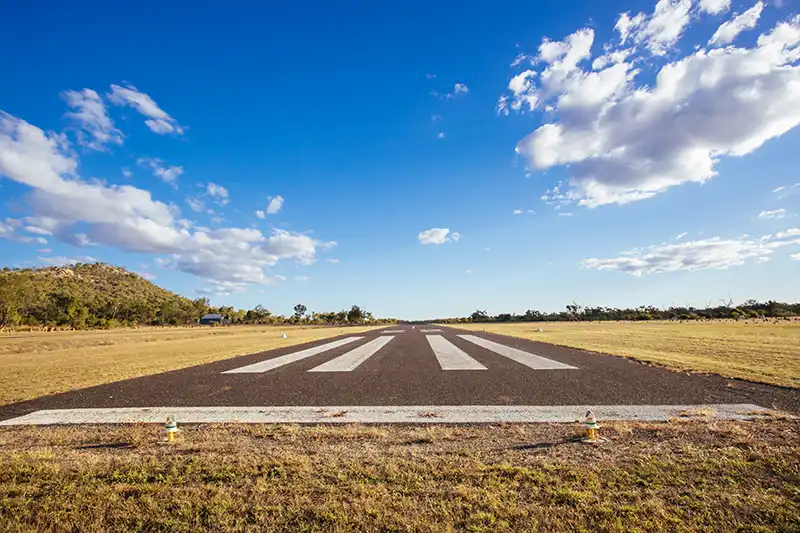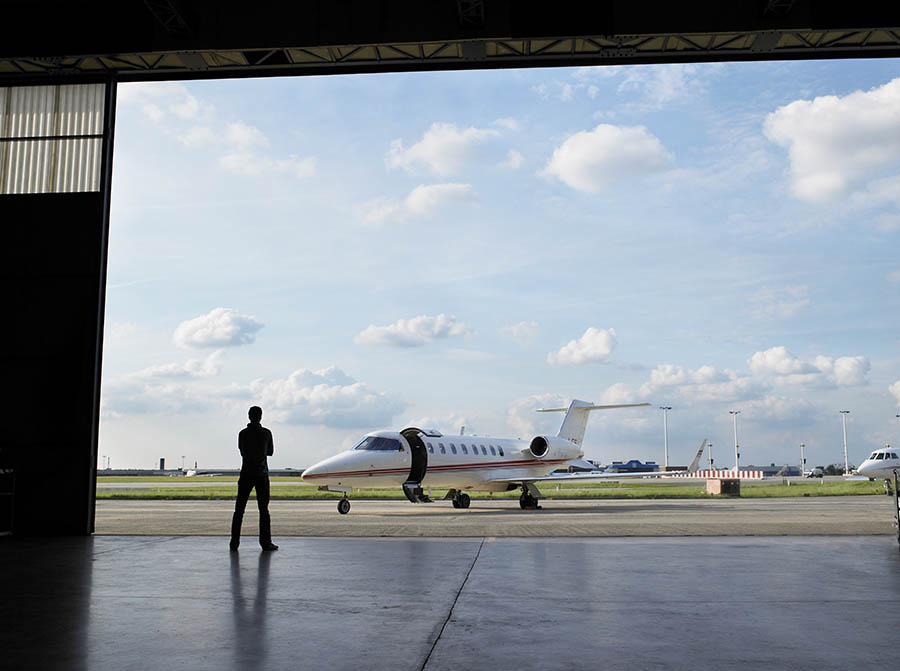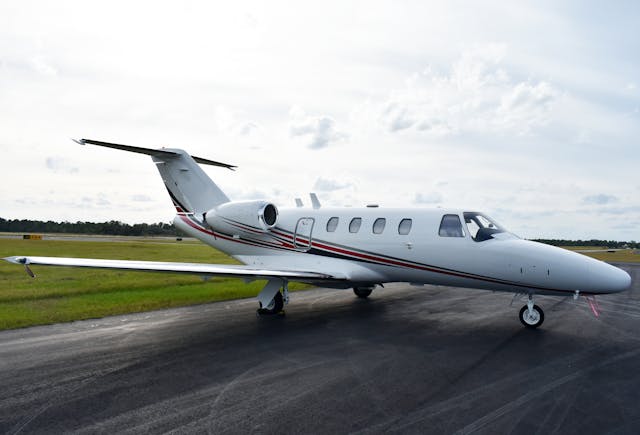In the vast expanse of the skies, where every second counts and safety is paramount, the evolution of air traffic management (ATM) is not just a matter of innovation but a necessity. Today, we stand on the precipice of a new era, where emerging technologies are reshaping the very fabric of ATM practices. Join us as we explore the transformative impact of these technologies and the future they hold for the aviation industry.
Unleashing the Power of Artificial Intelligence
Artificial intelligence (AI) has emerged as a game-changer in ATM, empowering air traffic controllers with unprecedented insights and capabilities. From predictive analytics to real-time decision-making, AI algorithms are revolutionizing how airspace is managed, optimizing routes, and enhancing safety. With AI, ATM systems can adapt dynamically to changing traffic patterns, mitigating delays and congestion while ensuring efficient utilization of airspace.
Securing the Skies with Blockchain
In an era of increasing cyber threats, the need for secure and transparent data exchange in ATM cannot be overstated. Enter blockchain technology, offering a decentralized and tamper-proof platform for managing critical aviation data. By harnessing blockchain, ATM stakeholders can securely share information, such as flight plans and aircraft tracking data, in real-time, minimizing the risk of data breaches and enhancing trust and collaboration across the aviation ecosystem.
Elevating Surveillance with Satellite-Based Navigation Systems
Traditional radar-based surveillance systems have long been the backbone of ATM, but their limitations are becoming increasingly apparent in today’s dynamic airspace. Satellite-based navigation systems, such as ADS-B (Automatic Dependent Surveillance-Broadcast), are revolutionizing surveillance capabilities, offering global coverage and greater accuracy. With ADS-B, aircraft can transmit their precise position, velocity, and other critical information, enabling more efficient and precise air traffic management while enhancing situational awareness for both pilots and controllers.
Charting a Course for the Future
As we chart a course into the future of air traffic management, the possibilities are as boundless as the skies themselves. The integration of AI, blockchain, and satellite-based navigation systems represents just the beginning of a new chapter in ATM innovation. With collaboration and continued investment in emerging technologies, we can unlock new levels of efficiency, safety, and sustainability in aviation, ensuring that the skies remain safe and accessible for generations to come.






